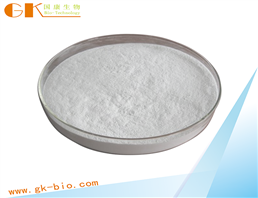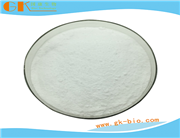Product Name: Disodium phosphonomycin
Synonyms: [(2R,3S)-3-Methyloxiran-2-yl]phosphonic acid disodium salt;Fosfomycin sodium;disodium [(2R,3S)-3-methyloxiran-2-yl]-bis(oxidanidyl)-oxo-$l^{5}-phosphane;disodium [(2R,3S)-3-methyloxiran-2-yl]-dioxido-oxo-$l^{5}-phosphane;disodium keto-[(2R,3S)-3-methyloxiran-2-yl]-dioxido-phosphorane;Sodium ((2S,3R)-3-methyloxiran-2-yl)phosphonate;2S)-1;(1,2-epoxypropyl)-,disodiumsalt(1r,2s)(-)-phosphonicaci
CAS: 26016-99-9
MF: C3H5Na2O4P
MW: 182.02
EINECS: 247-409-2
Appearance
It is a white crystalline powder at room temperature, which is hygroscopic, easily soluble in water, and exothermic when dissolved. Fosfomycin sodium can be combined with a bacterial cell wall synthesizing enzyme to hinder the first reaction of bacteria using related substances to synthesize the cell wall, thereby playing a bactericidal effect. For Staphylococcus, Streptococcus pneumoniae, Escherichia coli, Neisseria gonorrhoeae, Proteus mirabilis, Typhi, Serratia, most Pseudomonas aeruginosa, Streptococcus pyogenes, Streptococcus faecalis, some indole-positive Proteus Klebsiella and Enterobacter bacteria have antibacterial effects. Fosfomycin sodium is mainly used to treat infections of the urinary tract, urinary system, skin and soft tissues, respiratory tract, intestine and other parts caused by sensitive gram-negative bacteria. It can also be used in combination with other antibiotics to treat severe infections caused by sensitive bacteria, such as sepsis, lung, meningeal infections, peritonitis, appendicitis, intrauterine infection, pelvic inflammatory disease, osteomyelitis, etc. It can also be combined with vancomycin to treat methicillin-resistant Staphylococcus aureus (MRSA) infections.

 China
China



